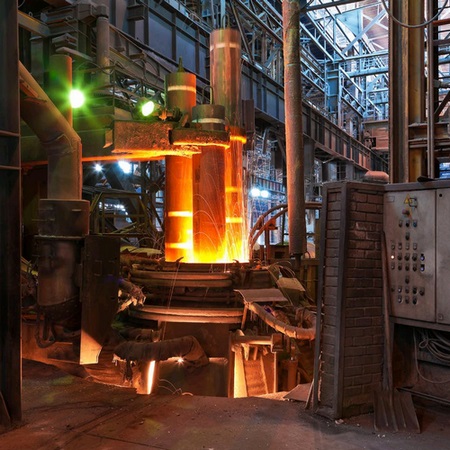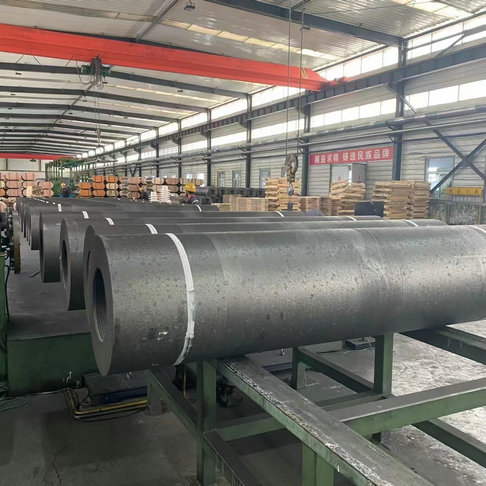Graphite electrodes are an essential component in various industrial applications, particularly in the steel manufacturing sector. These electrodes play a crucial role in electric arc furnaces, where they are used to create the high temperatures needed for melting and refining metals. However, the high consumption rate of graphite electrodes has been a growing concern in the industry.
To understand why graphite electrode consumption is high, one must first examine the nature of their operation. Electric arc furnaces generate intense heat by passing an electric current through graphite electrodes, which create an electric arc when they come in contact with the raw material. As a result, the electrodes undergo significant stress due to the intense heat, chemical reactions, and physical wear and tear.
One of the primary reasons for high graphite electrode consumption is the continuous rate of electrode erosion during the arc process. The extreme temperatures cause the graphite to oxidize, resulting in the formation of carbon dioxide gas. This reaction leads to the breakdown of graphite materials and ultimately increases electrode consumption. Additionally, the intense heat and chemical reactions cause thermal and chemical wear on the electrodes, further contributing to their rapid erosion.
Another factor,the quality of graphite electrodes also affects their consumption rate. Inferior quality electrodes, with higher impurity levels or lower density, tend to erode at a faster rate. These electrodes may be cost-effective initially but lead to increased consumption in the long run. Therefore, it is crucial to choose high-quality electrodes that offer better resistance to heat and wear, reducing consumption and improving overall efficiency.
Reducing graphite electrode consumption requires a combination of corrective measures and preventive strategies. Firstly, optimizing the operating parameters of electric arc furnaces can significantly reduce electrode consumption. By choosing the appropriate electrode diameter, current density, and operating voltage, the wear and tear on the electrodes can be minimized. It is essential to find the right balance between achieving high productivity and reducing electrode consumption.
Furthermore, improving the quality and properties of the graphite electrodes themselves can help reduce consumption. Manufacturers are continually working on developing enhanced grades of electrodes with improved thermal and chemical resistance. These electrodes can withstand higher temperatures and chemical reactions, improving their longevity and reducing degradation. Investing in quality electrodes may initially incur a higher cost but can result in substantial savings in the long term.
Proactive maintenance and regular inspections of electrodes are also critical in reducing consumption. Timely detection and repair of any defects, cracks, or damage during furnace operations can prevent further deterioration, thereby elongating the lifespan of the electrodes. Proper electrode handling, storage, and installation techniques can also contribute to reducing electrode wear and consumption.
Implementing advanced technology and automation in the steel manufacturing process can also contribute to reducing graphite electrode consumption. Real-time monitoring systems, automated controls, and data analysis can help optimize furnace operations and minimize electrode usage.
In conclusion, the high consumption rate of graphite electrodes in steel manufacturing is a challenge that requires attention and action. Understanding the reasons behind the high consumption, such as intense heat, oxidation, and increased steel production demand, is crucial. By employing strategies such as optimizing operating parameters, choosing high-quality electrodes, proactive maintenance, and implementing advanced technologies, graphite electrode consumption can be reduced effectively. Reducing electrode consumption not only leads to cost savings but also contributes to environmental sustainability by minimizing the use of natural resources.
Post time: Sep-16-2023








